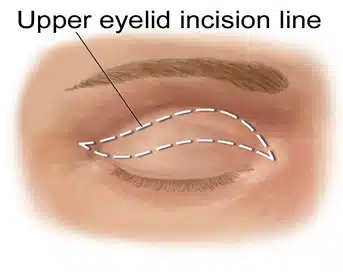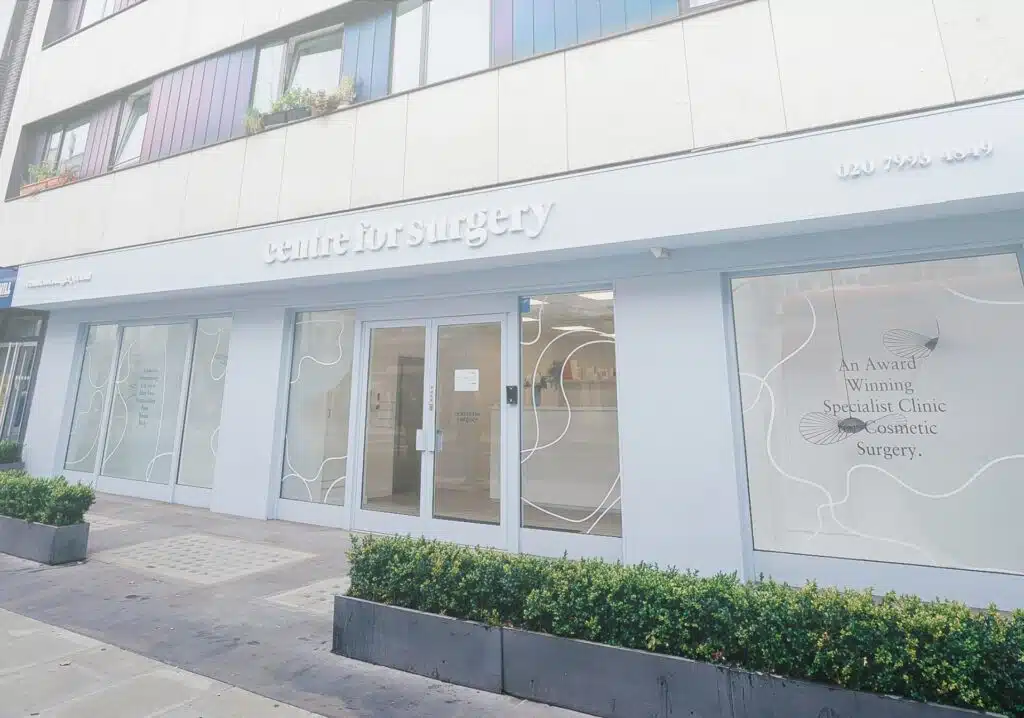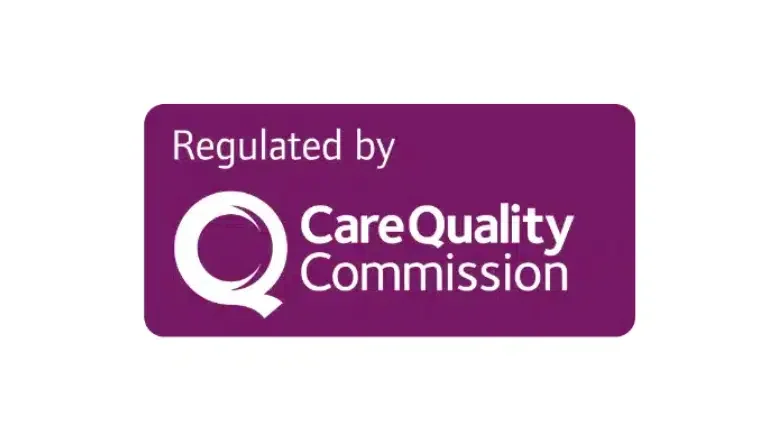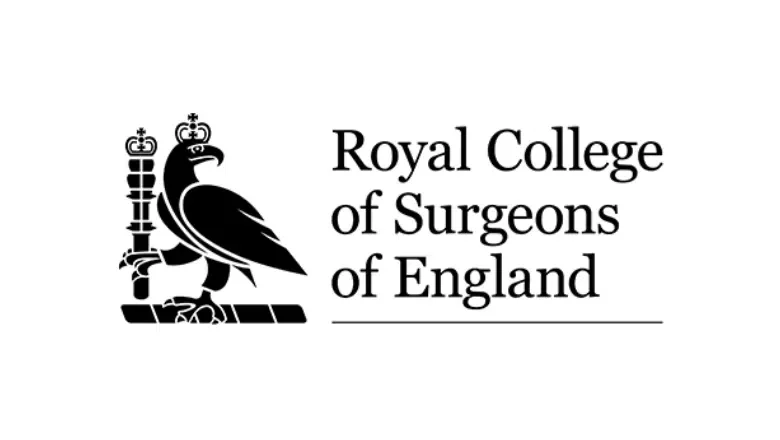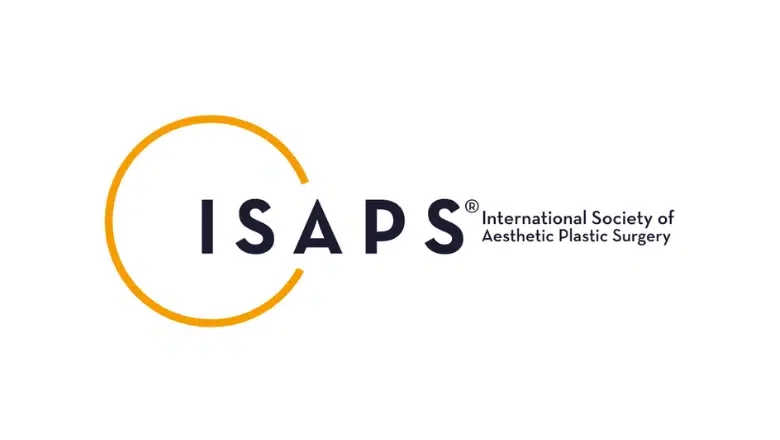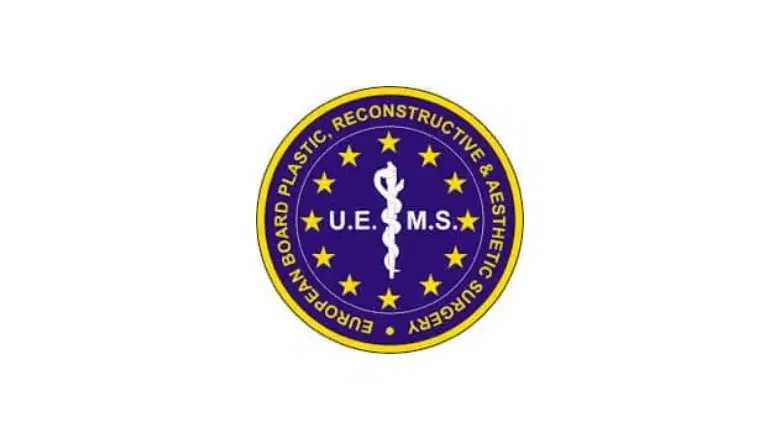What Causes Hooded Eyelids?
Hooded eyelids occur when there is excess skin on the upper eyelid, causing the eyelid to sag and creating a hooded appearance. There are several factors that can cause or contribute to hooded eyelids, including ageing, genetics, eyebrow position, muscle weakness, medical conditions, and lifestyle factors. As we age, the skin on the upper eyelids loses elasticity and collagen, leading to sagging and drooping, while some people are born with a predisposition to hooded eyelids due to certain inherited facial features. The position of the eyebrows can also contribute to hooded eyelids, as low or heavy eyebrows can weigh down the upper eyelids. Weakness in the muscles that support the upper eyelids and certain medical conditions such as blepharitis, Graves’ disease, and myasthenia gravis can also cause hooded eyelids. Additionally, lifestyle factors such as sun exposure, smoking, and poor diet can accelerate the ageing process and cause the skin to lose elasticity, contributing to the development of hooded eyelids.
RELATED: Hooded Eyes – Causes & Treatments
Hooded eyelids can be a cosmetic concern and may also impair vision in severe cases. Treatment options for hooded eyelids include non-surgical treatments such as anti-wrinkle injections and dermal fillers to lift the eyebrows and smooth out the skin, as well as surgical options such as blepharoplasty or brow lift to remove excess skin and reposition the brows for a more youthful appearance. A qualified healthcare provider or plastic surgeon can help determine the most appropriate treatment options for your concerns and goals.
What is Blepharoplasty?
Blepharoplasty, also known as eyelid surgery, is a cosmetic procedure that involves removing excess skin and fat from the upper and lower eyelids. The procedure improves the appearance of hooded eyes by correcting droopy or sagging eyelids, reducing puffiness or bags under the eyes, and smoothing out wrinkles and fine lines. The surgery can be performed on the upper eyelids, lower eyelids, or both, depending on the individual’s needs and goals. Blepharoplasty is typically an outpatient procedure performed under local anaesthesia, and the recovery period usually takes several weeks. The method is commonly performed by plastic surgeons or oculoplastic surgeons specialising in cosmetic surgery of the eyes and surrounding areas.
Benefits of Blepharoplasty
RELATED: Eyelid Surgery FAQs – Q&As about Blepharoplasty
Ideal candidates for blepharoplasty
Hooded eye surgery, also known as blepharoplasty, is a surgical procedure that involves removing excess skin and fat from the upper eyelids to create a more open, youthful appearance. Ideal candidates for blepharoplasty or eyelid surgery include individuals who:
- Have excess, sagging skin on the upper and lower eyelids.
- Have puffiness or bags under the eyes that do not improve with non-surgical treatments.
- Have wrinkles or fine lines around the eyes.
- Vision impairment is due to excess skin or fat on the upper eyelids.
- They are in good overall health and have no medical conditions that may increase the risk of complications.
- Are non-smokers, as smoking can impair the healing process and increase the risk of complications.
- Have realistic expectations for the results of the procedure.
Risks and Complications of Upper Blepharoplasty
Upper blepharoplasty or eyelid surgery is not free from risks and potential complications. Like any surgical procedure, there are some common risks associated with this surgery that patients should be aware of. These risks include bleeding, infection, scarring, dry eyes, asymmetry, vision impairment, and anaesthesia risks. Bleeding is a typical risk with any surgical procedure, and while it is generally minor, excessive bleeding can occur and may require further treatment. Infection is another risk associated with any surgical procedure, and patients are usually prescribed antibiotics to prevent infection. Scarring is a potential risk of upper blepharoplasty, but the incisions are typically well-hidden and made along the natural creases of the eyelids. Temporary dryness and irritation may occur after upper blepharoplasty due to swelling and bruising around the eyes. There is a risk of asymmetry after the procedure, with one eyelid appearing differently. In rare cases, upper blepharoplasty can result in vision impairment due to overcorrection or complications with the surgical technique. As with any surgical procedure, there are potential risks associated with anaesthesia.
Upper Blepharoplasty Procedure
Upper blepharoplasty is a surgical procedure that involves removing excess skin and fat from the upper eyelids. The following are the general steps involved in an upper blepharoplasty procedure:
- Anaesthesia: The patient is given local anaesthesia or intravenous sedation to ensure comfort and pain-free during the procedure.
- Incisions: The surgeon makes a small incision along the natural crease of the upper eyelid, through which they will remove the excess skin and fat.
- Removal of excess tissue: The surgeon removes the excess skin and fat from the upper eyelid, carefully maintaining the natural shape and contour of the eye.
- Closure: The surgeon closes the incisions with small sutures, typically removed within a week or two after the procedure.
- Bandaging: The surgical area may be covered with a light dressing or bandage to help reduce swelling and bruising.
What to Expect After Blepharoplasty
It’s important to keep in mind that after undergoing blepharoplasty, there are several things that you should expect during the recovery period. Swelling and bruising are common and can be managed with ice packs or cold compresses. Discomfort or pain can be expected and can be managed with pain medication prescribed by your surgeon. Depending on the extent of the surgery, your surgeon may place bandages over the incision sites, which will be removed a few days after the procedure. Stitches or sutures will also be removed after about a week. You may need to avoid strenuous activities for several weeks to allow for proper healing. Attending all follow-up appointments with your surgeon is important to ensure proper healing and address any concerns or complications that may arise. The final results of blepharoplasty may take several weeks to several months to become fully apparent as swelling and bruising continue to subside and the tissues fully heal.
Hooded eyes surgery Aftercare – top tips
Here are some top tips for hooded eye surgery aftercare to ensure optimal healing and recovery:
- Follow your surgeon’s postoperative instructions: Your surgeon will provide detailed postoperative instructions after the surgery. These may include how to care for the surgical site, when to remove bandages, and when to schedule follow-up appointments. It is important to follow these instructions closely to ensure proper healing.
- Take pain medication as prescribed: Some discomfort or pain is expected after the procedure, which can be managed with pain medication prescribed by your surgeon. Take these medications as directed to minimize pain and discomfort during the recovery period.
- Use cold compresses: Cold compresses can help reduce swelling and bruising around the surgical site. Apply ice packs or cold compresses to the surgical site for 10-15 minutes, several times a day, for the first few days after surgery.
- Keep the surgical site clean and dry: To prevent infection, it is important to keep the surgical site clean and dry. Avoid getting the area wet or exposing it to irritants or contaminants, and follow your surgeon’s instructions for cleaning the area.
- Avoid strenuous activities: To allow for proper healing, avoid strenuous activities or heavy lifting for several weeks after surgery. Your surgeon will guide when it is safe to resume normal activities.
- Protect your eyes from the sun: Protect your eyes from the sun by wearing sunglasses and a hat when outside. Sun exposure can cause inflammation and delay healing.
- Attend follow-up appointments: Attend all follow-up appointments with your surgeon to ensure proper healing and address any concerns or complications that may arise.
- Be patient: The final results of hooded eye surgery may take several weeks to several months to become fully apparent as swelling and bruising continue to subside and the tissues fully heal. Be patient and follow your surgeon’s instructions for optimal results.
If you have any concerns or questions during recovery, do not hesitate to contact your surgeon. With proper aftercare, most patients can expect a smooth recovery and optimal results from hooded eye surgery.
Hooded Eyes Surgery FAQs
Are hooded eyelids attractive?
Beauty and attractiveness are subjective, and opinions on the appearance of hooded eyelids can vary widely. Some individuals may find hooded eyelids attractive, while others may prefer a more open, alert appearance to the eyes.
RELATED: How to treat hooded eyelids
It is important to note that hooded eyelids are a common and natural occurrence, and many people have them. In fact, they are more common in some ethnic groups than others and are often seen as a characteristic of beauty in some cultures.
Ultimately, the decision to pursue treatment for hooded eyelids should be based on personal preferences and concerns rather than external societal pressures or expectations. If hooded eyelids are causing discomfort or affecting your vision, or if you prefer a more open, youthful appearance to your eyes, there are surgical and non-surgical options available to help improve their appearance.
Can eyelid exercises get rid of hooded eyes?
While some exercises claim to improve the appearance of the eyes, there is no scientific evidence to support the notion that eyelid exercises can eliminate or reduce hooded eyes. Hooded eyes are caused by excess skin or fat in the upper eyelid, which can only be effectively treated through surgical interventions such as blepharoplasty.
While it is true that there are exercises that can help to strengthen the muscles around the eyes and may help to reduce puffiness or bags under the eyes, these exercises will not address the underlying cause of hooded eyes.
What causes saggy eyelids?
- Ageing: As we age, the skin around our eyes can lose elasticity and begin to sag.
- Genetics: Some individuals may be genetically predisposed to ptosis or sagging eyelids.
- Medical conditions: Certain conditions, such as diabetes, myasthenia gravis, or stroke, can lead to sagging eyelids.
- Trauma: Trauma to the eye or head can cause damage to the muscles or nerves that control eyelid movement, leading to ptosis.
- Eyelid surgery: Previous eyelid surgery, such as blepharoplasty, can cause eyelids sagging.
- Lifestyle factors: Certain lifestyle factors, such as smoking or excessive sun exposure, can contribute to sagging eyelids.
- Eyestrain: Chronic eyestrain, caused by spending long periods looking at a computer or other digital device, can cause fatigue and weaken the muscles that control eyelid movement, leading to ptosis.
How do you get rid of hooded eyes?
Hooded eyes are caused by excess skin or fat in the upper eyelid that creates a heavy, drooping appearance. The most effective way to get rid of hooded eyes is through surgical intervention, specifically upper blepharoplasty (eyelid surgery). This surgical procedure involves removing the excess skin and fat from the upper eyelids, resulting in a more open, youthful appearance.
Other non-surgical treatments, such as anti wrinkle injections or dermal fillers, can help to reduce the appearance of hooded eyes by temporarily lifting and tightening the skin around the eyes. However, these treatments are temporary and require ongoing maintenance to maintain their results.
In addition to surgical or non-surgical treatments, there are also some lifestyle changes and cosmetic tricks that can help to minimize the appearance of hooded eyes, such as:
- Using makeup: The strategic use of makeup can help to create the appearance of a more lifted and open eye. Using light eyeshadows and highlighting the inner corner of the eye can help to brighten the eyes and create the appearance of a more open, lifted lid.
- Getting enough sleep: Lack of sleep can cause puffiness and swelling around the eyes, which can exacerbate the appearance of hooded eyes. Getting enough sleep can help to reduce swelling and promote healthy skin.
- Protecting the skin: Protecting the skin around the eyes from sun damage can help to prevent premature ageing and sagging of the skin. Wearing sunglasses and applying sunscreen can help to protect the delicate skin around the eyes.
How can I improve my hooded eyes without surgery?
While surgical intervention, such as upper blepharoplasty (eyelid surgery), is the most effective way to permanently improve hooded eyes, there are some non-surgical options that can help to temporarily improve their appearance. Here are some non-surgical options to consider:
- Use makeup strategically: You can use makeup to create the illusion of lifted, more open eyes. Use a lighter eyeshadow shade on your lid and a darker shade in the crease. Use a highlighting powder on the inner corner of your eye to brighten your eyes and create the illusion of a more open, lifted look. You can also use a white or nude eyeliner pencil on the inner waterline of your eye to make your eyes appear larger.
- Use eye creams: There are eye creams that can help reduce puffiness and the appearance of fine lines and wrinkles around the eye area, which can make hooded eyes look more prominent. Eye creams with ingredients like caffeine, hyaluronic acid, and retinol can help to tighten and firm the skin around the eye area.
- Get enough sleep: Lack of sleep can cause puffiness and swelling around the eyes, which can exacerbate the appearance of hooded eyes. Getting enough sleep can help to reduce swelling and promote healthy skin.
- Use cooling eye masks: Applying a cooling eye mask can help to reduce puffiness and swelling around the eyes, which can make hooded eyes look more prominent.
- Reduce sodium intake: Eating a diet that is high in sodium can cause water retention and swelling, which can make hooded eyes look more prominent. Reducing your sodium intake can help to reduce puffiness and swelling around the eyes.
Do eyes become hooded with age?
Yes, hooded eyes can develop with age. As we age, the skin around our eyes loses elasticity and begins to sag. This can cause excess skin to accumulate on the upper eyelids, creating a hooded appearance. Additionally, the muscles that control eyelid movement can weaken with age, causing the upper eyelids to droop and further exacerbating the appearance of hooded eyes.
Hooded eyes can also be caused by genetic factors or other lifestyle factors, such as sun exposure or smoking. However, age is a common factor in the development of hooded eyes.
While non-surgical treatments, such as makeup, eye creams, or anti-wrinkle injections, can help to temporarily improve the appearance of hooded eyes, surgical intervention, such as upper blepharoplasty, is typically the most effective way to correct hooded eyes caused by age or other factors permanently.
How should I prepare for upper blepharoplasty?
Preparing for upper blepharoplasty (eyelid surgery) can help to ensure that you have a smooth and successful recovery. Here are some tips to help you prepare for the procedure:
- Consult with a plastic surgeon: It is important to consult with a qualified plastic surgeon at Centre for Surgery to determine if you are a good candidate for upper blepharoplasty, and to discuss your individual concerns and goals.
- Review your medical history: Your plastic surgeon will likely review your medical history and perform a physical exam to determine if you are a good candidate for the procedure.
- Avoid blood-thinning medications and supplements: In the weeks leading up to your surgery, you should avoid taking medications and supplements that thin the blood, such as aspirin, ibuprofen, and vitamin E, as these can increase the risk of bleeding during and after the procedure.
- Stop smoking: Smoking can increase the risk of complications during and after the procedure, so it is important to stop smoking in the weeks leading up to your surgery.
- Arrange for transportation and aftercare: You will need to arrange for transportation to and from the surgical facility on the day of the procedure, and you may also need assistance with daily activities during the recovery period.
- Plan for downtime: You will need to take some time off from work and other daily activities to allow your body to heal. Plan to have at least a week of downtime after the procedure, and arrange for help with childcare, pet care, and other responsibilities.
How long does blepharoplasty surgery take?
What is the age limit for undergoing blepharoplasty?
There is no specific age limit for blepharoplasty (eyelid surgery), as the decision to undergo the procedure should be based on individual concerns and goals, rather than age alone. In general, candidates for the procedure are typically over 18 years of age and in good overall health, with concerns about excess skin or fat in the upper and/or lower eyelids that is causing a tired, aged appearance, or impacting their vision.
Age is not a determining factor for eligibility for blepharoplasty, the condition of the skin and underlying tissues in the eye area can impact the outcome of the procedure. In some cases, older individuals may have skin that is less elastic and more prone to sagging, which can affect the outcome of the procedure. However, this can be evaluated by a qualified healthcare provider or plastic surgeon during a consultation for the procedure.
Will eye puffiness return after blepharoplasty?
While blepharoplasty (eyelid surgery) can effectively remove excess skin and fat from the upper and/or lower eyelids and create a more youthful, refreshed appearance, it is possible for eye puffiness to return after the procedure.
The longevity of the results of blepharoplasty can vary from person to person and depends on a variety of factors, such as age, skin quality, and lifestyle factors. Some individuals may experience a recurrence of eye puffiness or drooping of the eyelids several years after the procedure, while others may maintain their results for a longer period of time.
Make sure to practice good skincare habits, such as wearing sunscreen and avoiding smoking, which can accelerate the ageing process and cause the skin to lose elasticity. Additionally, regular use of eye creams or other topical treatments can help to improve skin quality and prevent sagging or puffiness.
Can blepharoplasty change the shape of the eyes?
Blepharoplasty (eyelid surgery) can change the appearance of the eyes to some extent, but it typically does not change the overall shape of the eyes. The goal of blepharoplasty is to remove excess skin and fat from the upper and/or lower eyelids to create a more youthful, refreshed appearance.
In some cases, blepharoplasty can create a more open, wider-eyed appearance by removing excess skin from the upper eyelids that may be weighing down the eyes. This can give the eyes a more almond or cat-like shape, but it is not a guaranteed outcome and can vary depending on the individual’s natural eye shape and other facial features.
When is a blepharoplasty medically necessary?
Blepharoplasty (eyelid surgery) may be medically necessary in cases where excess skin or fat in the eyelids is causing functional problems, such as obstructed vision or eye irritation. Medically necessary blepharoplasty may be covered by the NHS or private insurance, while cosmetic blepharoplasty is typically not.
RELATED: What does eyelid surgery involve?
Here are some specific situations where blepharoplasty may be considered medically necessary:
- Vision obstruction: If excess skin or fat in the upper eyelids is causing drooping or sagging that is obstructing vision, blepharoplasty may be necessary to remove the excess tissue and restore clear vision.
- Eyelid malposition: Abnormalities in the muscles or tissues that control eyelid movement can cause eyelids to turn inwards (entropion) or outwards (ectropion), which can cause irritation, dryness, and other eye problems. Blepharoplasty may be necessary to correct these abnormalities and restore proper eyelid function.
- Thyroid eye disease: Thyroid eye disease is an autoimmune condition that can cause inflammation and swelling around the eyes, leading to protrusion of the eyes, double vision, and other symptoms. In some cases, blepharoplasty may be necessary to reduce the protrusion of the eyes and improve vision.
- Eyelid tumours: Tumours or growths on the eyelids may need to be surgically removed, which can involve blepharoplasty to repair the eyelid after the tumour is removed.
How long will it take before I look normal after blepharoplasty?
The recovery time and when an individual will look “normal” after blepharoplasty (eyelid surgery) can vary depending on several factors, such as the extent of the procedure, individual healing times, and the natural appearance of the eyelids before the surgery. However, in general, it can take several weeks to several months for the results of blepharoplasty to fully manifest.
In the immediate postoperative period, there may be bruising, swelling, and some discomfort around the eyes. This is a normal part of the healing process and may last for several days to a week or more. Many individuals are able to return to work and other daily activities within 7 to 10 days after the procedure, but it is important to follow the surgeon’s instructions regarding postoperative care and activity restrictions to ensure proper healing.
Over the following weeks and months, the eyelids will continue to heal and settle into their new position. The final results of the procedure may take several months to become fully apparent as the skin and underlying tissues adapt to the new contours of the eyelids.
How soon can I go back to work after blepharoplasty?
The length of time before an individual can return to work after blepharoplasty (eyelid surgery) can vary depending on several factors, such as the extent of the procedure, individual healing times, and the individual’s occupation. However, in general, most individuals are able to return to work within 7 to 10 days after the procedure.
During the first few days after the procedure, there may be some bruising, swelling, and discomfort around the eyes, making it difficult to perform certain tasks or activities. It is important to follow the surgeon’s instructions regarding postoperative care and activity restrictions to ensure proper healing and minimise the risk of complications.
Most individuals can resume non-strenuous work within a week to 10 days after the procedure. However, if the job involves heavy lifting, strenuous physical activity, or exposure to dust or other irritants, it may be necessary to take additional time off to ensure proper healing.
When can I wear contact lenses after blepharoplasty?
The timing of when an individual can resume wearing contact lenses after blepharoplasty (eyelid surgery) can vary depending on the extent of the procedure, individual healing times, and the specific instructions of the surgeon. In general, it is recommended to avoid wearing contact lenses for at least one to two weeks after the procedure.
During the first few days after the procedure, there may be some discomfort, swelling, and bruising around the eyes, which can make wearing contact lenses uncomfortable or difficult. It is important to follow the surgeon’s instructions regarding postoperative care and activity restrictions to ensure proper healing and minimise the risk of complications.
After the initial recovery period, the surgeon may allow the individual to resume wearing contact lenses, but may recommend avoiding them for some time, such as one to two weeks, to allow for continued healing and reduce the risk of infection or other complications.
Hooded Eyes Surgery at Centre for Surgery
Centre for Surgery is the leading plastic surgery clinic in London with significant expertise in all types of hooded eye surgery, including upper blepharoplasty. Our state-of-the-art Baker Street clinic is located in the heart of Marylebone in central London. Call us today to book an in-person consultation on 0207 993 4849 or complete the contact form below.

